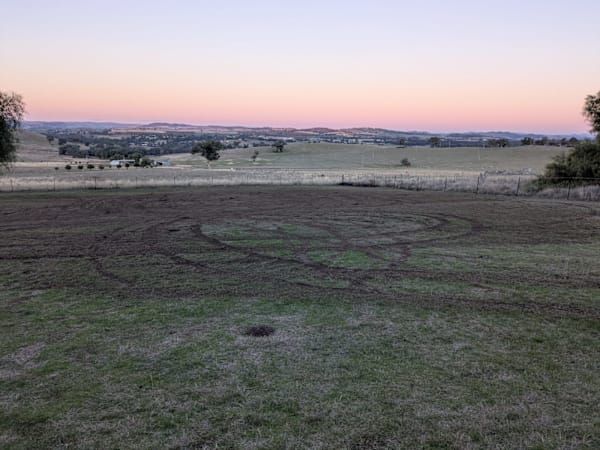BY DAN RYAN
The latest quarterly custody statistics has revealed an upward trend of those finding themselves behind bars.
According to the Bureau of Crime Statistics and Research, numbers have continued to rise, following trends after a crackdown on serious offences.
New data released today by the NSW Bureau of Crime Statistics and Research (BOCSAR) reveals that the NSW adult prison population rose to 13,103 in March 2025. This marks the highest number of inmates since the pandemic began in March 2020. Following a sharp decline during the pandemic and a stretch of relative stability through to late 2023, the prison population has risen steadily. Since November 2023, the number of adults incarcerated increased by 1,055 or 8.8%, reaching its highest level in the last five years.
"This continues to be largely driven by an increase in people refused bail. More than half of the additional people on remand are accused of domestic violence," NSW Attorney General Michael Daley said.
Latest Stories
"The Government has made it much more difficult for serious domestic violence offenders to get bail to better protect victim-survivors. This is entirely appropriate because the level of domestic violence in our community is unacceptable."
Mr Daley said the rising numbers reflected a response to community outcry for greater penalties for domestic violence offenders, repeat offenders, and juvenile offenders charged with serious crimes.
"Our tough new bail laws are necessary, and they are working," he said.
A concerning component of this trend is the rise in Aboriginal adults in custody. In March 2025, there were 4,244 Aboriginal adults in custody, representing 32% of the total adult custody population. Since November 2023 the number of Aboriginal prisoners increased 14.0% (up 520 people) compared to just a 4.3% rise in non-Aboriginal prisoners (up 359 people).
"The BOCSAR quarterly update shows an increase in the number of Aboriginal people in custody. Most of the increase in Aboriginal people in custody since March 2020 are those on remand for domestic violence-related offences," Mr Daley said.
"We remain committed to working towards our Closing the Gap imprisonment targets. The government is working collaboratively with Aboriginal communities to reduce crime and the drivers of crime."
"The NSW Government is also strongly committed to the Closing the Gap target of reducing the rate of family violence and abuse against Indigenous women and children."
Commenting on the report BOCSAR’s Executive Director, Jackie Fitzgerald, said “unlike the overall prison population, which remains below pre-pandemic levels, the number of Aboriginal prisoners now well exceeds 2019 levels and continues to grow”.
The rise in the Aboriginal prison population is due to an increase in remandees, i.e. unconvinced prisoners awaiting court. In the five years to March 2025 the number of Aboriginal remandees grew by 63.0% to 1,936 in March 2025. Domestic violence (DV) offences account for a large proportion of the increase with the number of Aboriginal adults on remand for DV-related offences more than doubling (up 381 people from 359 in March 2020 to 740 in March 2024).
“These figures underscore the urgent need to consider policies, interventions and practice changes to reduce Aboriginal incarceration, as current trends contradict the Closing the Gap commitment to reduce Aboriginal over-representation in the criminal justice system by at least 15% by 2031," Ms Fitzgerald said.
To help prevent offenders from committing crimes in the first place, Mr Daley said more support was crucial.
"We are making major investments into domestic violence primary prevention and early intervention to stop this kind of behaviour before it starts," he said.
"The NSW Government will continue to look at ways to protect women and children from domestic and family violence."











